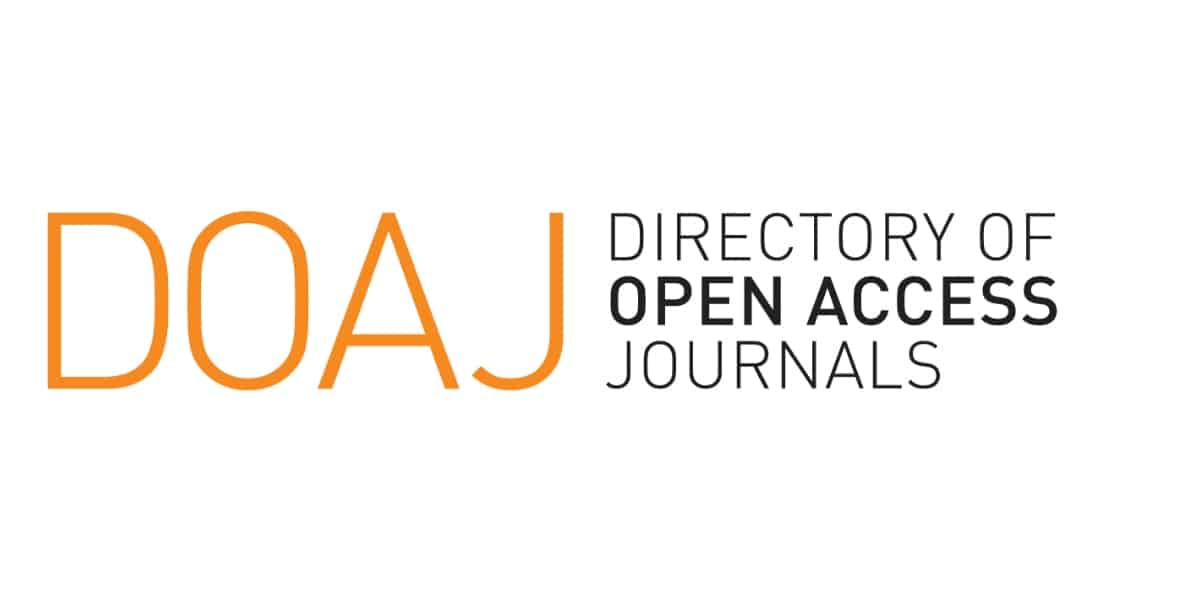The fusion of postmodernism and CLIL through teaching geomythology
DOI:
https://doi.org/10.18485/analiff.2024.36.2.6Кључне речи:
postmodernism, CLIL, geology, geomythology, communicationСажетак
This paper explores the integration of postmodernism and Content and Language Integrated Learning (CLIL) in the context of geology education, specifically through the teaching of geomythology. The influence of postmodern ideas on education has been substantial, challenging traditional notions of knowledge and authority. In language teaching, postmodernism and CLIL converge by prioritizing cultural understanding and interdisciplinary knowledge. This study demonstrates how CLIL can effectively incorporate geological content with language acquisition, fostering a nuanced understanding of both through myth narratives. Additionally, by applying postmodern tenets, this approach challenges traditional scientific narratives, promoting critical thinking and cultural diversity. The practical application of geomythology in the geology classroom is examined and the paper presents the results of a qualitative study of students’ perceptions of the use of geomythology, with the aim of assessing the aspects of motivation and improved communication and debate skills. The results of our study clearly indicate an overall positive attitude towards activities of interdisciplinary nature and show an increase in student participation and motivation in communicative activities.
Downloads
Објављено
Како цитирати
Bрој часописа
Секција
Лиценца

Овај рад је под Creative Commons Aуторство-Дели под истим условима 4.0 Интернационална лиценца.
Authors who publish with this journal agree to the following terms:
- Authors are confirming that they are the authors of the submitting article, which will be published (print and online) in the journal Anali filološkog fakulteta by the Faculty of Philology, University of Belgrade (Faculty of Philology, Studentski trg 3, 11000 Belgrade, Serbia). Author’s name will be evident in the printed article in the journal. All decisions regarding layout and distribution of the work are in hands of the publisher.
- Authors guarantee that the work is their own original creation and does not infringe any statutory or common-law copyright or any proprietary right of any third party. In case of claims by third parties, authors commit their self to defend the interests of the publisher, and shall cover any potential costs.
- Authors retain copyright and grant the journal right of first publication with the work simultaneously licensed under a Creative Commons Attribution-ShareAlike 4.0 International License that allows others to share the work with an acknowledgement of the work's authorship and initial publication in this journal.
- Authors are able to enter into separate, additional contractual arrangements for the non-exclusive distribution of the journal's published version of the work (e.g., post it to an institutional repository or publish it in a book), with an acknowledgement of its initial publication in this journal.
- Authors are permitted and encouraged to post their work online (e.g., in institutional repositories or on their website) prior to and during the submission process, as it can lead to productive exchanges, as well as earlier and greater citation of published work.





